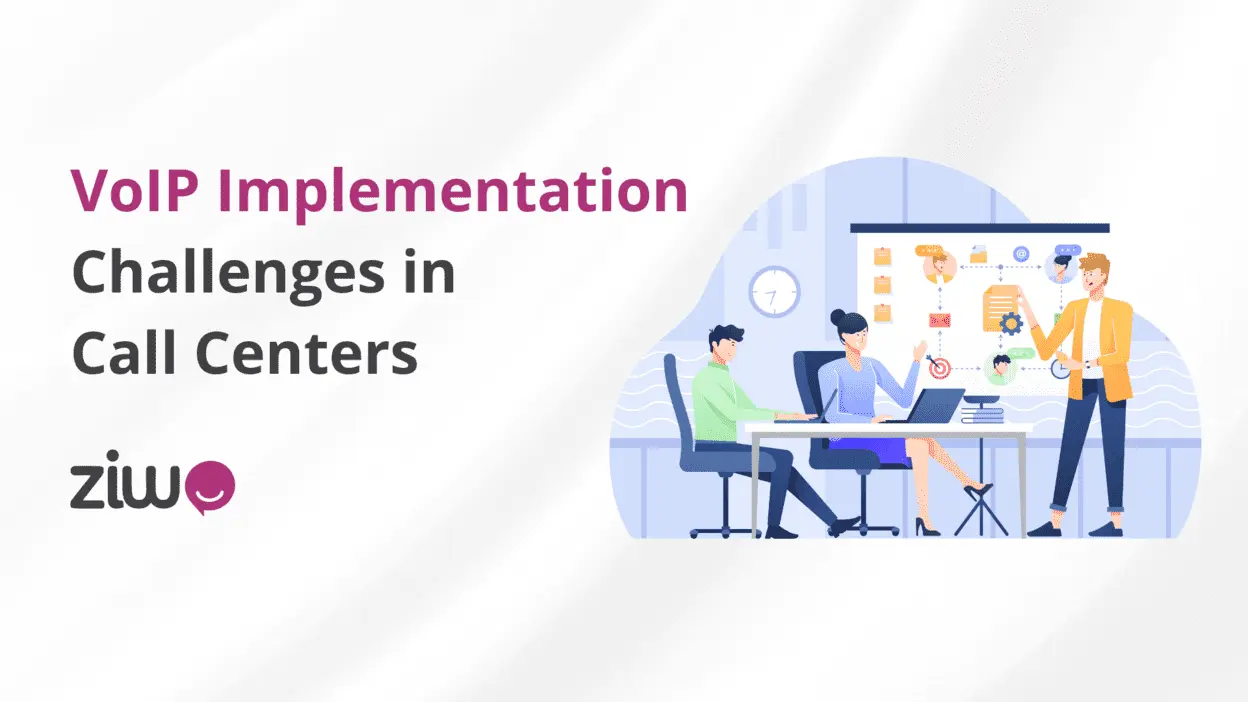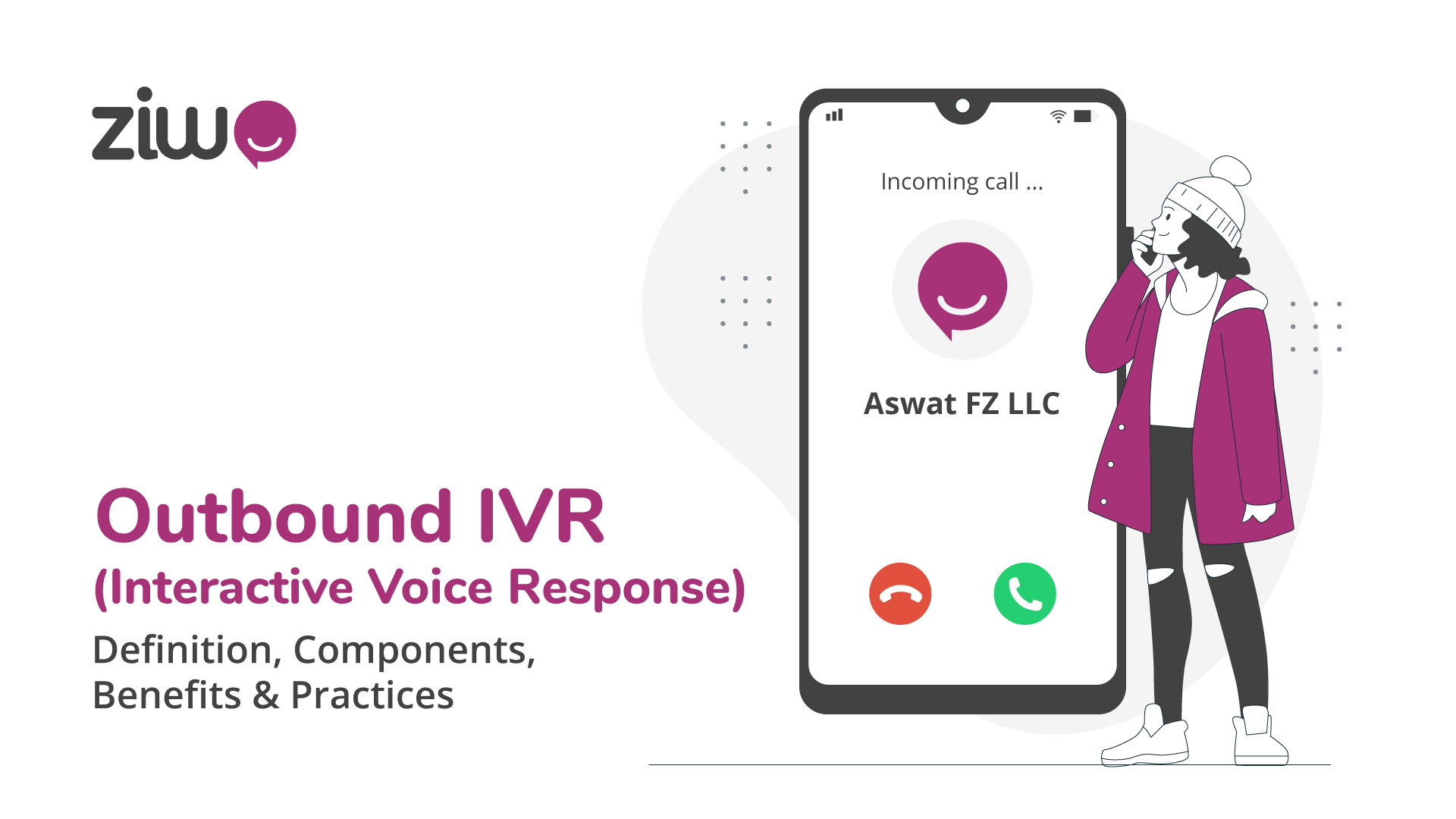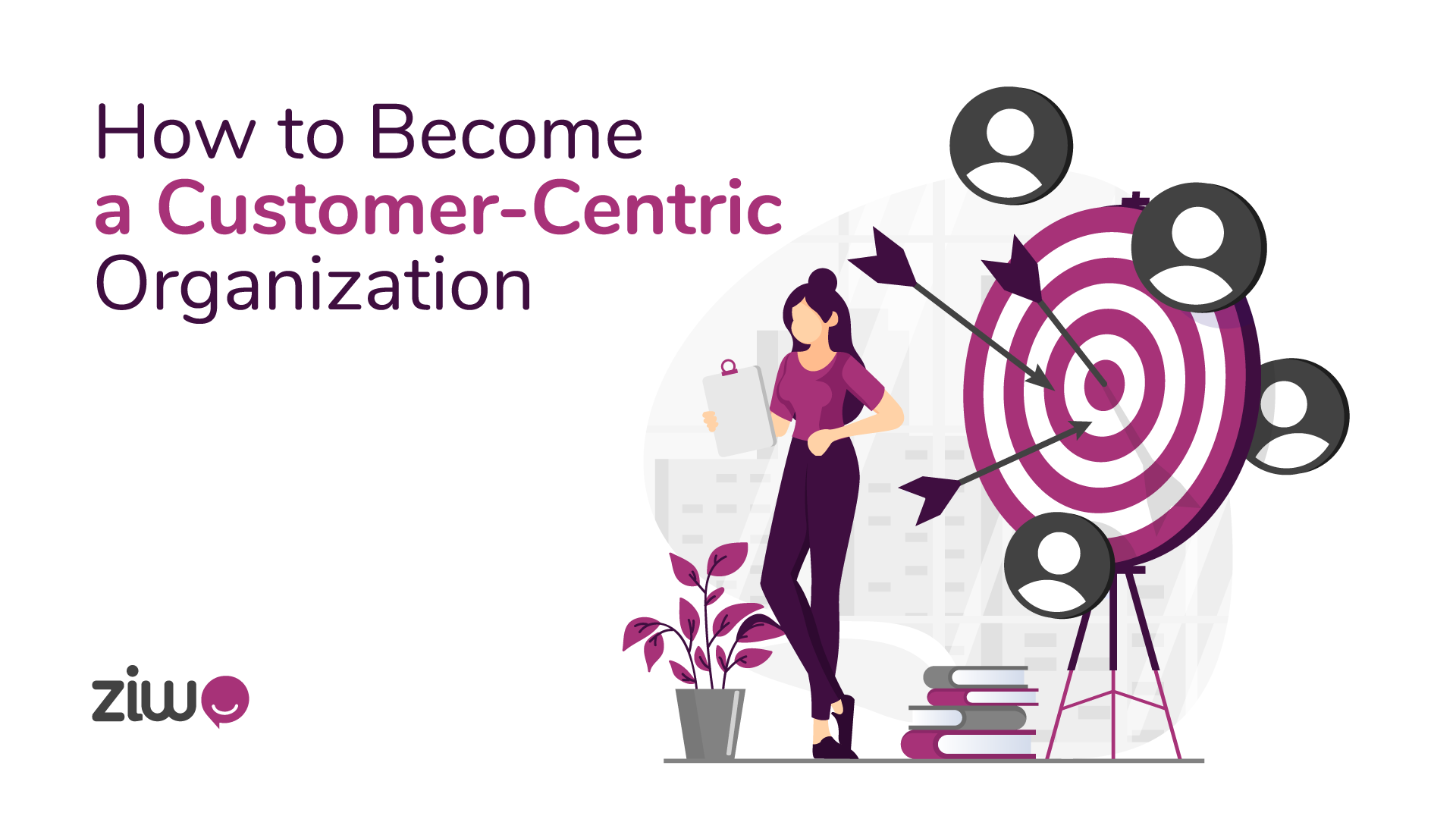
What challenges arise with VoIP implementation in call centers and how to solve them?
Among the difficulties related to moving call centers to VoIP hosting are call quality problems, security threats, reliability, the compatibility of devices, and the education of staff. The issue can be solved by the stated approach followed by organizations.
They need network optimization, robust security measures, failure for interrupted service, and voice-over-internet protocol solutions with strong integration capabilities (VoIP). They also need to provide comprehensive staff adoption training programs.
Introduction to VoIP implementation challenges
It is more evident that the adoption of VoIP technology at Call Centers brings a plethora of advantages, including cost-effectiveness as detailed in why VoIP is a cost-effective communication solution for call centers, along with it but there are also some challenges that organizations must tackle.
On the other hand, successful VoIP deployment covers the domain of quality calls and effective network continuity, risk management, and integration with the existing infrastructure, and all this can be done through careful planning and proactivity.
Here, in this introduction, we will review the main issues that can arise while implementing VoIP in call centers and discuss the techniques for getting rid of these issues, that’s why organizations should utilize VoIP technology not only for communication but customer service delivery.
Identifying common VoIP implementation challenges
Some of the key issues with VoIP implementation are call quality problems, security concerns, reliability and up-time complications, and the challenges with compatibility and integration as well as the reluctance of staff to use the new system mostly due to lack of training and adoption hurdles.
These challenges may undercut the efficiency of VoIP incorporation in call centers and consequently require actionable preemptive measures to offset and resolve1.
Network stability and bandwidth limitations
The network interface constraints and bandwidth limitations in VoIP adoption for call centers rank as major problems. If this instability results in dropped calls, poor call quality, and intermittent outages in communication, service providers will face dissatisfaction and loss of customers.
Those impairments can lead to packet loss, delay, and anger during handshakes. This can be caused by bandwidth limitations.
One of the approaches that call centers can take to defeat these difficulties, is the acquisition of an internet connection that is reliable as well as having adequate bandwidth.
Quality of service (QoS) is another measure that is beyond its limit, its data is sorted by using QoS and VoIP repeatedly which results in the better quality of every conveyance.
Real-time monitoring which also helps in optimizing the network from time to time can further help to improve stability as well as quality of services and lead to a smooth VoIP experience3.
Security and privacy concerns
Security and privacy matters put forward vast obstacles for VoIP implementation which are definitive for call centers. One of such include merits such as eavesdropping, hacking, and identity fraud that can give away the customer data losing competitive edge and regulatory compliance.
To solve these difficulties call centers should implement strong security measures like encryption, firewalls, intrusion detection, and others.
Regular information security audits and the training of personnel in high security of information are among the main ways to mitigate risks and maintain the trust of customers4.
Integration with existing infrastructure
Integration in already existing infrastructure could be a trade-off for the VoIP adaptation in call centers. We must achieve full compatibility and smooth systems combination between VoIP systems and already CRM platforms, IVR systems, telephony hardware, and other technologies.
Defeat of this bottleneck can be to make proper preparations, test the process, and in some cases, acquire intermediary solutions like middleware or API integration tools2. It should also feature training on the new integrated set-up so that there will be a smooth transition as well as no gaps in operations.
Integration problems are in here being pointed out by call centers for VoIP infrastructure usage which will result in the VoIP system optimization and avoidance of costs for new infrastructure technologies.
Solutions for overcoming VoIP implementation challenges
To solve VoIP challenges for call centers along with solutions it is necessary to apply such things as network optimization, robust security, backup planning, complete compliance testing, staff training, QoS, and regular control and adjusting.
Such strategies facilitate recognizing frequent impediments and establishing a seamless VoIP practice.
Enhancing network Infrastructure
The improvement of network infrastructure includes purchasing superior-grade internet routes, giving VoIP traffic priority through QoS methods, creating reliability through redundancy options, and routinely examining and improving network settings.
These measures trigger an environment that secures and optimizes VoIP networks for use in call centers.
Implementing robust security measures
An effective security system requires encryption, a firewall, intrusion detection tools, access controls, regular audits of security, and staff training. By setting up these safeguards, VoIP communications are being guarded and even the most secretive data is being protected.
Seamless integration strategies
Seamless deployment transitions for VoIP in call centers include evaluating compatibility, leveraging APIs, implementing middleware, advances in augmentation technology, thorough testing, and offering training and support.
This is accomplished through the design that ensures the smooth interaction of VoIP systems with the already existing infrastructure, hence increasing overall communication performance and ultimately, improving the productivity of call centers.
Best practices for smooth VoIP implementation
Successful practices for flawless VoIP implementation in call centers encompass the below-mentioned points: readiness assessment of the infrastructure, setting clear objectives, performing rigorous testing and on-the-job training, building strong security measures, partnering with vendors and performing quality follow-ups, and preparing periodic calls with the call center users.
These processes allow to VoIP system to adapt to every organization and to utilize its full potential for better communication effectiveness.
Continuous monitoring and support
Constant supervision and support arrangements typically entail frequent, regular surveillance of VoIP systems to ensure that performance is optimal, to deal with any problems as quickly as possible, to update security features, and to avail user support whenever this is needed.
These principles are aimed at making call center tech work effectively and allowing them to avoid any kind of disruptions during communications-related processes.
Training and development for staff
It is necessary to conduct workplace training and staff development for VoIP implementation in call centers to make them successful.
This involves giving full-scale training on VoIP technology providing supportive hands-on sessions, informing workers on safe practices, annual training, featuring resources on solving problems, and making the feedback system available.
Given that the staff is always at the heart of VoIP call center infrastructure, these programs empower them to efficiently use VoIP technology, in turn, improving communication efficiency and productivity in a call center.
Future perspectives on VoIP in call centers
The future outlook on VoIP in contact centers encompasses an adaptation of AI technology, enhanced data analysis, remote access through mobile devices, improved security protocols, and a new kind of device online.
These goals are meant to further enhance communication and reduce call waiting times to customers while at the same time, increasing productivity and business results.
Technological advancements
VoIP technologies, being the new wave, there is the potential for VoIP to dramatically shift the way commands are communicated.
Key advancements include:
AI Integration: VoIP will keep moving to the level of machine learning when it will be automating tasks, providing useful analytics in real-time, and boosting client interaction through chats and virtual assistants.
Advanced Analytics: VOPs will use various computer analytics software to detect customer behavior, sentiment, and choosing, which in turn will help provide them with customized interactions and factual decisions.
Mobile Solutions: The growth of mobile devices is anticipated to lead to VoIP solutions simultaneously blending with mobile platforms, making it easier for agents to perform their tasks freely off-site while still providing support without the necessity of a location then and there.
Security Enhancements: The armed system will settle down on a series of secure measures which include encryption, multi-factoring authentication, and intrusion detection to protect any important data and compliance with the regulations.
Integration with IoT: VoIP will evolve into a vital ingredient of the Internet of Things, fostering a variety of conversational interfaces not only through interactive smart devices but also other appliances. Along with the user engagement will be smarter.
The latest technologies will be in charge of increasing the efficiency and productivity of the agents, as well as improving customers' experience in a call center which will change communication as we know it.
Predictions for VoIP adoption trends
Forecasts for VoIP spread rates demonstrate that the boom and broadcasting of VoIP in different industries keep growing as time goes.
Key trends include:
Increased Remote Work: Increasing the possibility for remote work shall fuel the demand for VoIP technologies to attain better communication in teams scattered across the same area.
Integration with Collaboration Tools: This is a natural process that will enhance collaboration platforms such as Microsoft Teams and Slack incorporating VoIP solutions that have become business standards.
Mobile Integration: 3G and 4G technologies provide increased productivity support as more mobile professionals use smartphones/tablets for work. This has also led to the growth of mobile-friendly VoIP applications.
AI-driven Features: Intelligent VoIP systems will employ AI to bring the ones such as speech recognition, sentiment analysis, and intelligence of routes the caller will be taken to life, so the business effectiveness and customer service will be on a high level.
Security Concerns: While at one end VoIP is adopted using positive consequences, privacy and security may emerge as an important issue with its popularity. VoIP providers will put a high priority on firm security architecture to avoid leakage of data integrity and ensure standards.
The tendencies of the adoption of VoIP, as a rule, signal a move towards the implementation of resilient, versatile, and secure communication systems which have been changed by the innovations in technology and the nature of working environments.
Bibliographical references
1 – VoIP implementation challenges in call centers:
¹ Armstrong, J., & Jones, L. (2019). Overcoming Challenges in VoIP Implementation for Call Centers. International Journal of Information Technology & Communication, 35(2), 120-133.
² Patel, R., & Singh, K. (2021). Navigating the Complexities of VoIP Integration in Existing Call Center Infrastructure. Journal of Telecommunications, 58(3), 210-225.
2 – Network stability and security measures:
³ Chen, Z., & Wong, T. (2020). Ensuring Network Stability and Security in VoIP Systems. Journal of Network and Computer Applications, 50(1), 45-59.
⁴ Kim, Y., & Park, H. (2018). VoIP Security: Challenges and Countermeasures. Cybersecurity Journal, 22(4), 85-99.






